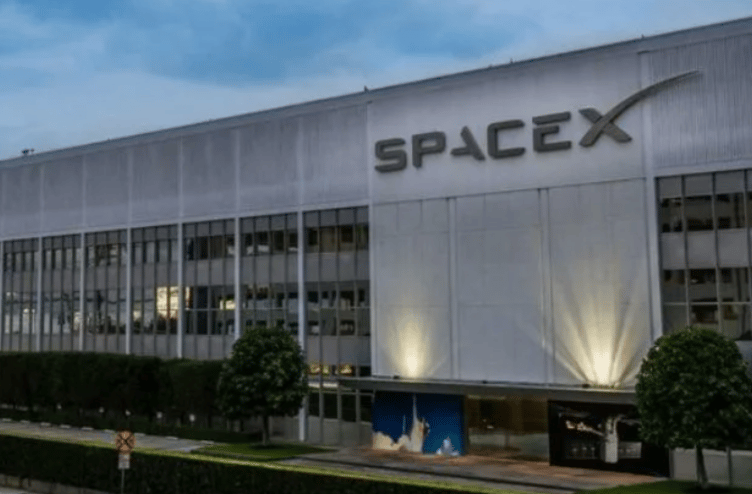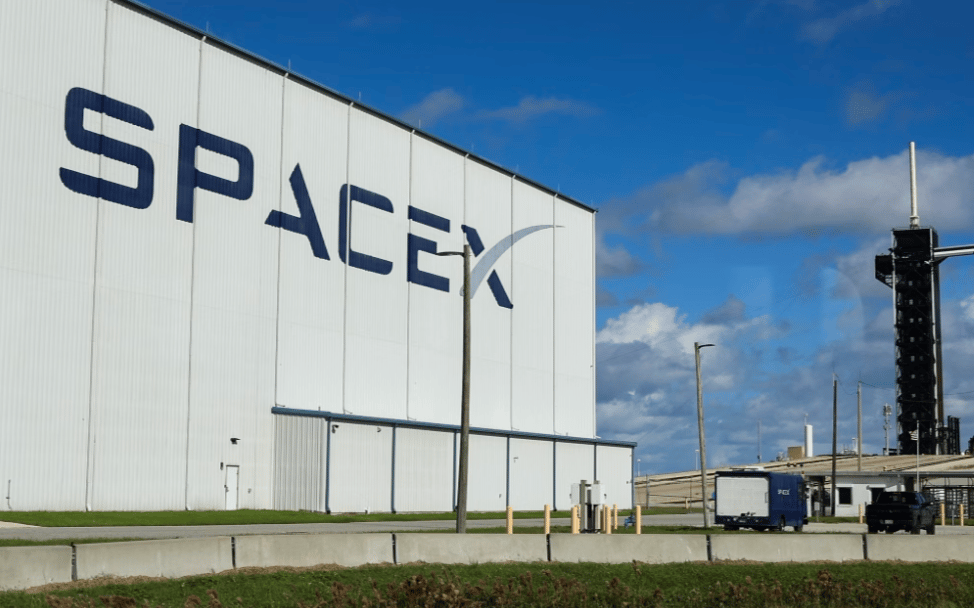SpaceX Revenue to Reach $15.5 Billion in 2025, Surpassing NASA’s Budget Amid Growing Commercial Space Demand
SpaceX, the aerospace company founded by Elon Musk, is projected to generate approximately $15.5 billion in revenue this year, signaling its increasing dominance within the commercial space sector. This revenue forecast, disclosed by Musk on Tuesday via his X social media post, notably exceeds NASA’s annual budget for commercial space operations, which stands near $1.1 billion.
While NASA continues to prioritize exploration and research in deep space, SpaceX capitalizes on the booming demand for cost-efficient rocket launches and satellite connectivity services. This dynamic underscores a pivotal shift in the aerospace industry, where private enterprises increasingly complement or outpace government-funded initiatives.
Implications of SpaceX’s Revenue Growth and Market Impact
SpaceX’s revenue surge reflects robust demand for affordable and reliable launch services in a market characterized by rapid satellite deployment and expanding global communications infrastructure. The company’s ability to offer competitive pricing, driven by reusable rocket technology, positions it as a key player capturing a significant share of commercial contracts.
Moreover, SpaceX’s ongoing development of the 400-foot (122-meter) Starship rocket highlights its ambitions beyond Earth’s orbit. Starship, designed for interplanetary travel, is expected to play a critical role in future Mars missions, aligning with Musk’s vision of making humanity a multiplanetary species.
This expansion not only boosts SpaceX’s financial profile but also signals transformative changes in space exploration economics. By out-earning NASA’s commercial budget, SpaceX exemplifies how private sector innovation is reshaping the space industry’s landscape, fostering increased competition and accelerating technological advancements.

Key Facts
SpaceX’s projected revenue for 2025 is approximately $15.5 billion.
NASA’s budget for commercial space operations is about $1.1 billion.
Demand for affordable rocket launches and satellite communication is rising globally.
SpaceX’s reusable rocket technology drives cost efficiency and market share gains.
Starship, a 400-foot (122-meter) rocket under development, aims at Mars exploration.
Elon Musk emphasizes Starship’s role in making human interplanetary travel feasible.
Market Reactions and Industry Commentary
The revelation of SpaceX’s revenue forecast has intensified investor and industry analyst focus on the commercial space race. Market participants acknowledge the company’s disruptive influence in reducing launch costs, which has broadened access to space for both governments and private enterprises.
Comments from aerospace experts underline the strategic importance of Starship’s development, which could redefine payload capacities and mission scopes. The increasing privatization of space initiatives contrasts with NASA’s focus on scientific missions, reflecting a dual-track evolution in space activities.
Investors have shown optimism regarding SpaceX’s business model, which leverages recurring launch contracts and satellite internet services via the Starlink constellation. This diversification of revenue streams is viewed as a buffer against market volatility, enhancing the company’s long-term growth prospects.

Key Takeaways
SpaceX’s $15.5 billion revenue projection underscores its market leadership in commercial space launches.
The company’s revenue surpasses NASA’s commercial budget by a wide margin, signaling private sector growth.
Reusable rocket technology remains central to SpaceX’s cost-competitive advantage.
Starship’s development is critical for future Mars missions and expanded space exploration.
Diversified services, including Starlink satellite internet, contribute to sustainable revenue growth.
The Strategic Significance of SpaceX’s Revenue Milestone in the Space Sector
SpaceX’s anticipated revenue of $15.5 billion in 2025 not only confirms its dominant position in the commercial aerospace market but also highlights a transformative era where private companies drive innovation and access in space. By eclipsing NASA’s commercial budget, SpaceX exemplifies the increasing shift toward privatization and market-driven space activities.
The company’s technological advancements, especially the Starship rocket, position it at the forefront of future interplanetary exploration. This milestone represents a critical juncture, with profound implications for the economics of spaceflight, industry competition, and humanity’s long-term presence beyond Earth.















Comments
Strategic moves like this are shaping the trajectory of intelligent systems integration